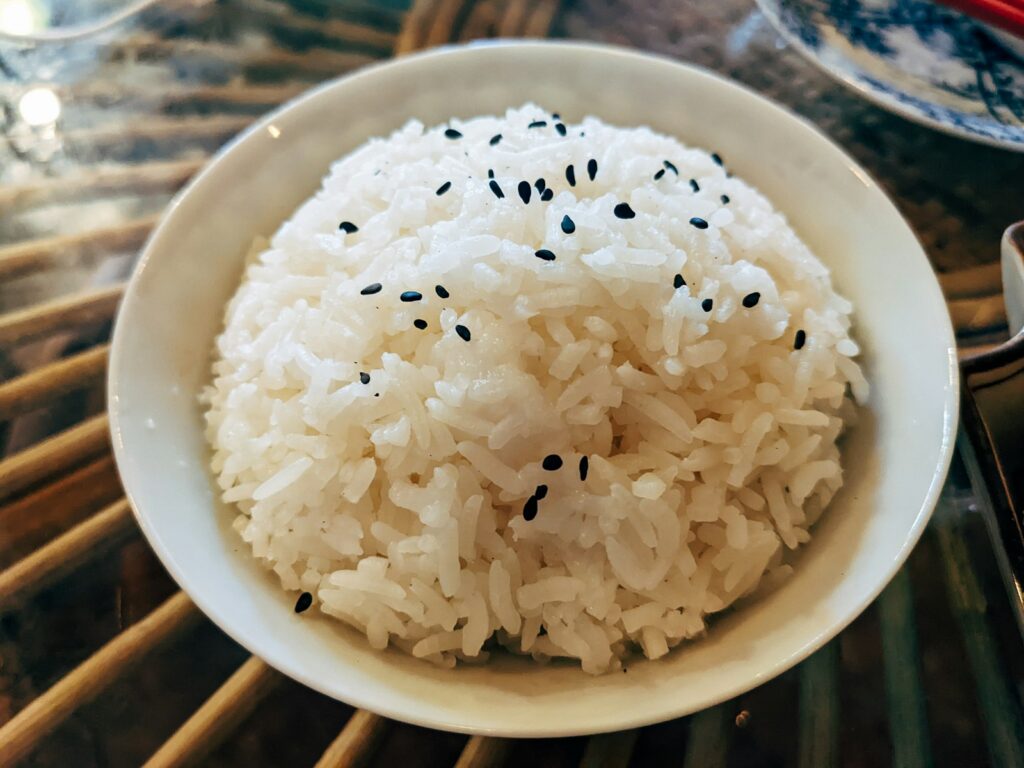
Among the most frequently overlooked items in the kitchen is leftover rice. It is often the result of preparing more than necessary, quietly sitting in the refrigerator until it is eventually discarded. Unless used in a basic stir-fry, this versatile ingredient is typically forgotten. This habit is both wasteful and unnecessary, as properly stored rice remains safe to consume for up to six days—a fact that challenges common misconceptions.
Far from being a disposable leftover, cooked rice offers remarkable potential for culinary reinvention. Its neutral flavor and starchy composition make it an exceptionally adaptable base for a wide range of dishes. Whether used to add substance, stretch other ingredients, or create entirely new meals, leftover rice serves as a practical and creative foundation for more thoughtful and resourceful cooking.

1. Turn your leftover rice into ice cream
Leftover rice can be repurposed into an unexpected yet refined frozen dessert: homemade ice cream. Unlike traditional rice pudding, this approach utilizes cooked rice as a natural stabilizer and thickening agent, contributing to a smooth, creamy texture without introducing dominant flavors.
When incorporated into an ice cream base, the starches in fully cooked white rice—particularly jasmine rice, known for its starchy and delicate structure—are released into the liquid. As the mixture cools, these starches help create a rich, cohesive consistency. To achieve the desired result, it is essential that the rice be thoroughly cooked and fully integrated into the base, leaving no grainy texture behind. While jasmine rice is ideal, risotto or sticky rice can also be used, though their higher starch content may yield a denser or glue-like texture. This technique presents an innovative method for enhancing ice cream, offering a unique texture that elevates homemade desserts.
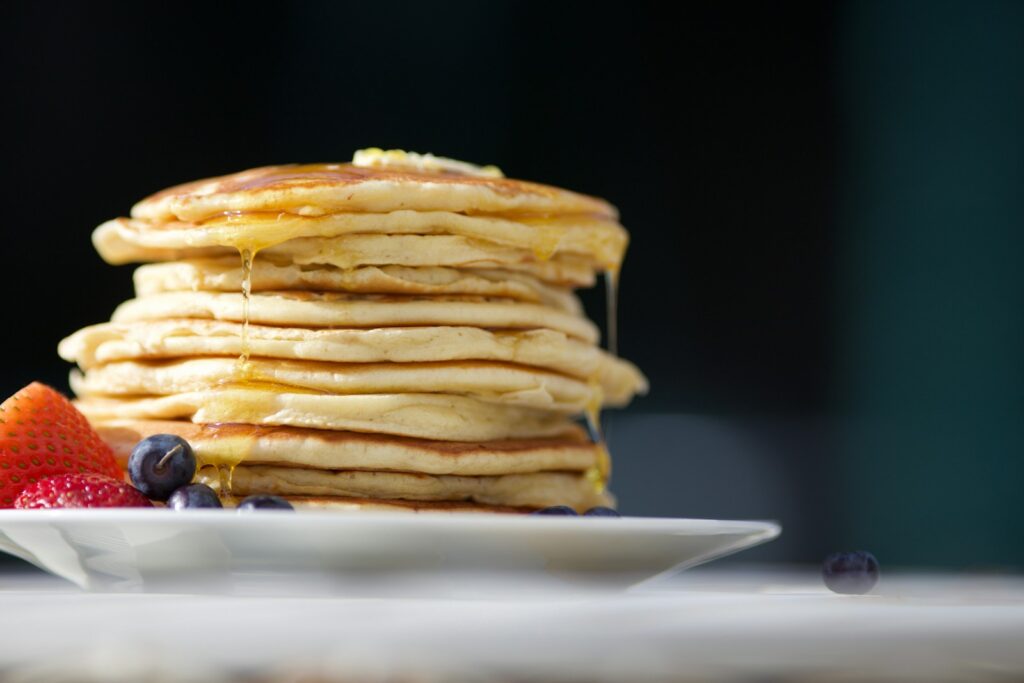
2. Whip up a batch of pancakes
Incorporating leftover rice into pancakes introduces a refined and resourceful approach to breakfast. This method not only offers an efficient way to reduce food waste but also serves to enhance the texture and structure of traditional pancakes. The addition of rice provides a denser, heartier consistency, enriching the overall mouthfeel and lending a subtle complexity to each bite.
A key advantage of using rice is its potential to reduce the gluten content of the batter. For those seeking a gluten-free alternative, combining cooked rice with gluten-free flour creates a suitable option without compromising on flavor or texture. Rather than blending the rice into a smooth mixture, the intention is to retain the integrity of the grains. Allowing them to rehydrate slightly in the batter before cooking results in a pleasing textural contrast, distinguishing these pancakes from conventional versions. Given rice’s neutral flavor profile, the finished dish pairs well with a wide variety of toppings, making it a versatile foundation for both sweet and savory combinations
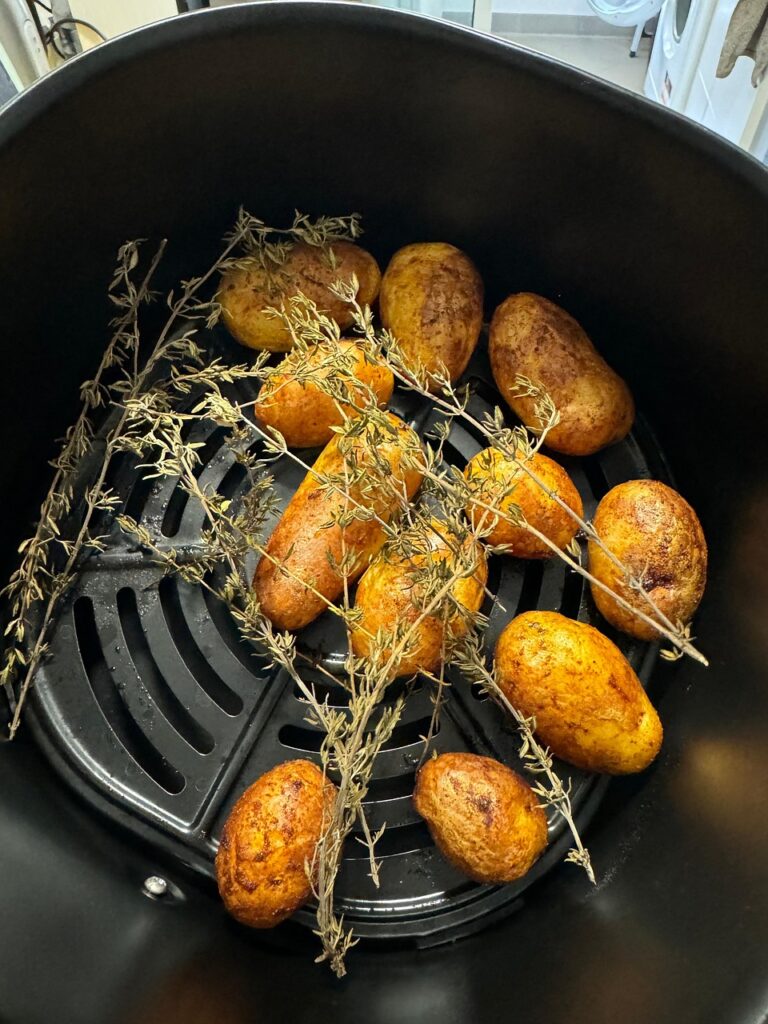
3. Air-fry your rice for a quick snack
Leftover rice can be transformed into a remarkably crisp and flavorful snack using an air fryer. This technique creates a denser, more textured alternative to puffed rice, offering a satisfying crunch and a versatile base for various seasonings.
To prepare, coat the cooked rice lightly with oil, press it evenly into an air fryer liner, and cook for approximately 20 minutes. Before air frying, the rice can be seasoned according to personal preference. Traditional options include soy sauce and sesame oil for a savory profile, while more adventurous variations might incorporate bold spice blends. Once crisped, the rice can be enjoyed on its own, crumbled over salads, or added to stir-fried dishes to introduce a contrasting texture. This method is both practical and inventive, turning a common leftover into a refined culinary element.
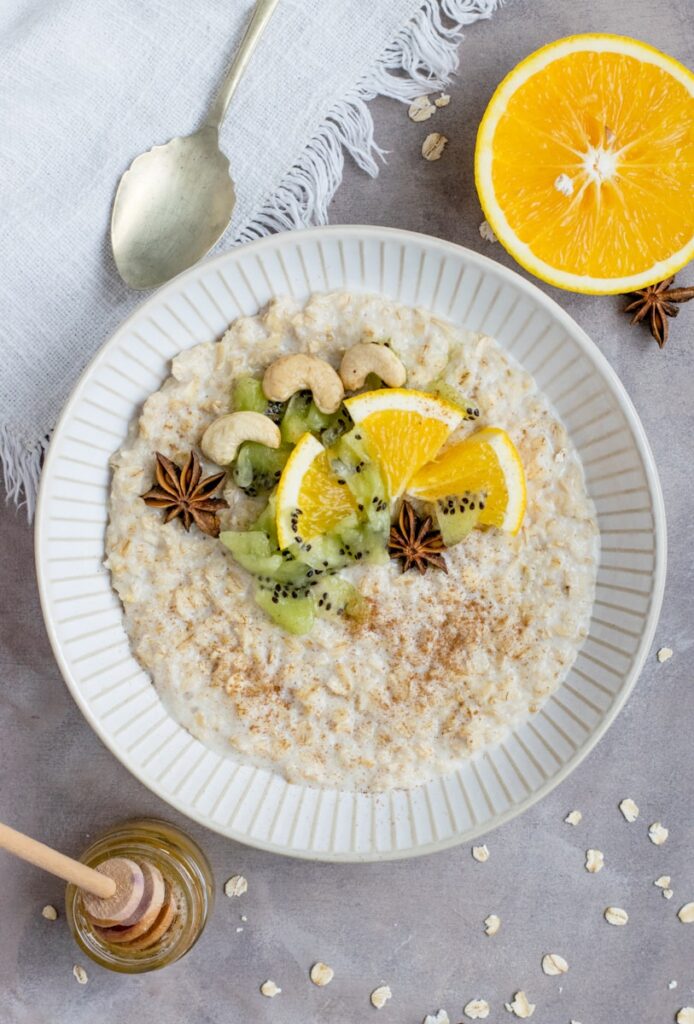
4. Make a speedy congee
Transforming leftover rice into congee presents a nourishing and highly adaptable dish, widely appreciated across East and Southeast Asia. This rice porridge is celebrated for its simplicity and its ability to complement both savory and sweet flavor profiles. Unlike conventional breakfast staples such as oatmeal, congee offers a unique texture and depth, making it a compelling choice for repurposing cooked rice.
To prepare, simmer leftover rice in stock until it reaches a creamy, porridge-like consistency. The texture may be customized, from smooth and blended to more textured and substantial. Common savory toppings include sliced spring onions, ginger, and shredded chicken. For a sweet variation, substitute the stock with coconut milk, and enhance the flavor with sugar, cinnamon, and nutmeg. A drizzle of honey and a light dusting of spices complete this warm and comforting dish, offering a versatile alternative to traditional rice pudding.
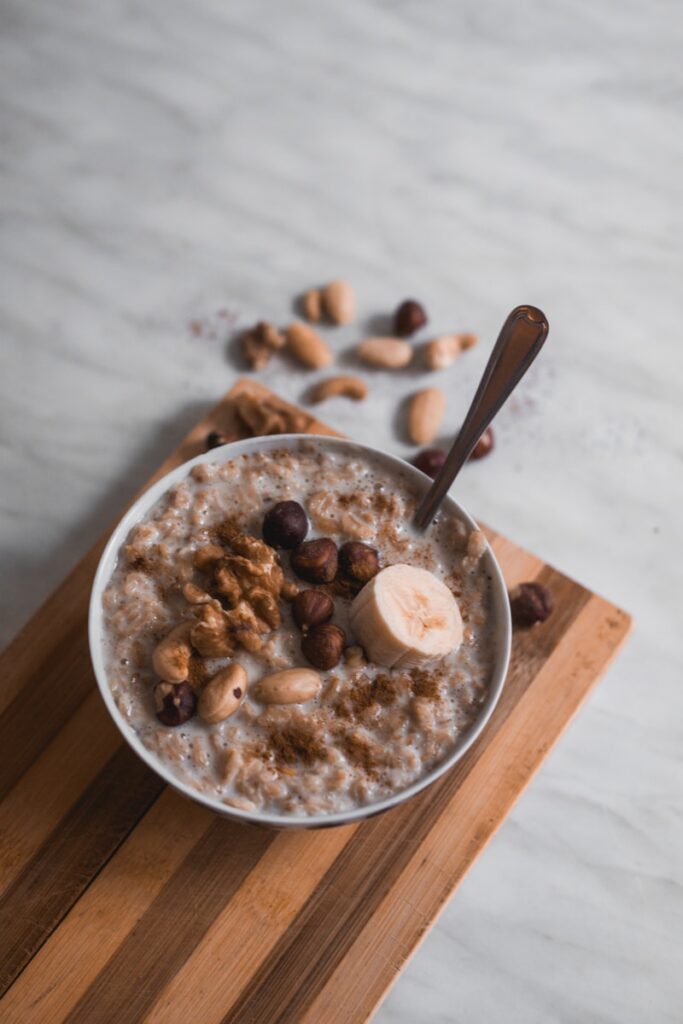
5. Leftover rice is perfect for pudding
Rice pudding stands as a classic comfort food, effortlessly transforming leftover rice into a rich and creamy dessert. Prepared with basic ingredients such as milk and sugar, the rice is gently simmered until its starches partially break down, creating a smooth and luscious texture. A subtle addition of cinnamon imparts warmth and depth to the dish.
This versatile base allows for numerous variations. Spices such as nutmeg, cloves, allspice, star anise, or vanilla can enhance its complexity, while citrus zest from lemon or lime introduces a refreshing brightness. For added richness, a splash of cream may be incorporated, or plant-based alternatives like oat, soy, or rice milk can be used for a dairy-free option. The final touch involves topping the pudding with fresh fruit or berries, adding both flavor and visual appeal. This simple yet satisfying recipe offers an elegant way to repurpose leftover rice into a delightful dessert.
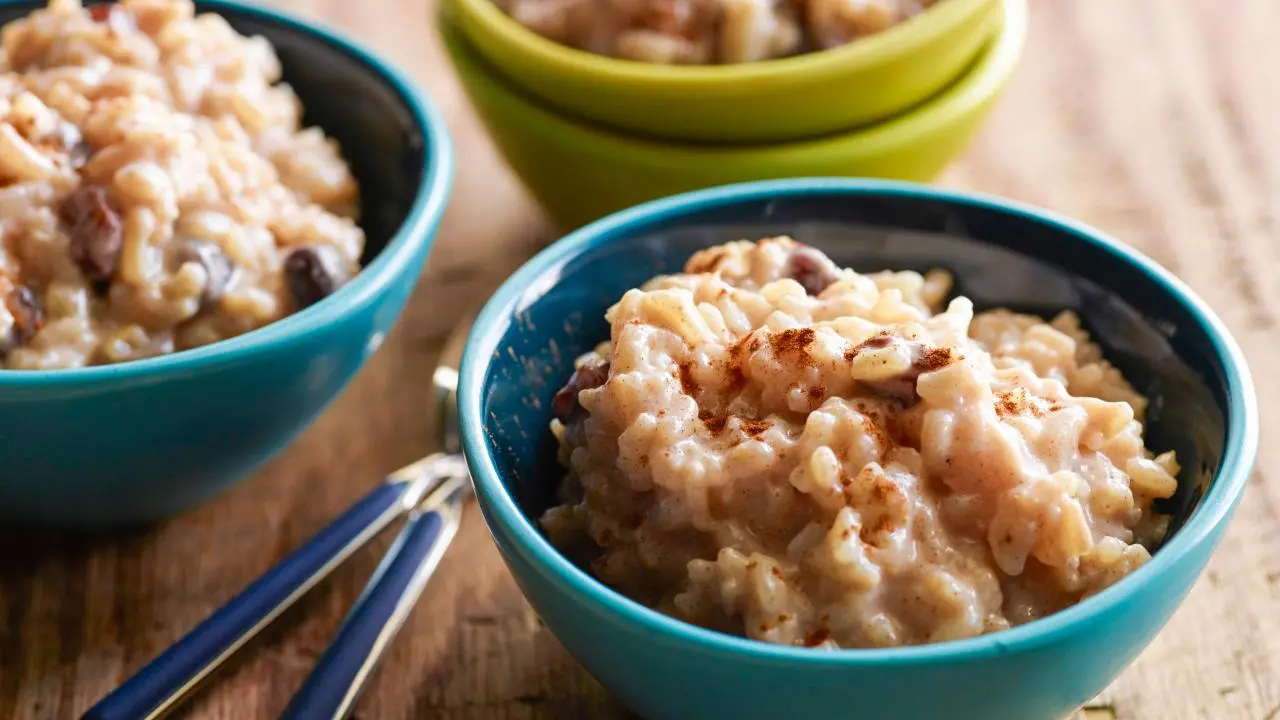
Rockin' Rice Pudding
Ingredients
Equipment
Method
- Combine cooked rice, milk, sugar and butter in a medium saucepan. Add raisins and vanilla. Cook for 25 minutes until most of the liquid is absorbed. Mix in lemon zest and 1/2 teaspoon of cinnamon. Spoon pudding into a serving dish and dust with remaining cinnamon. May serve chilled or at room temperature.
Notes
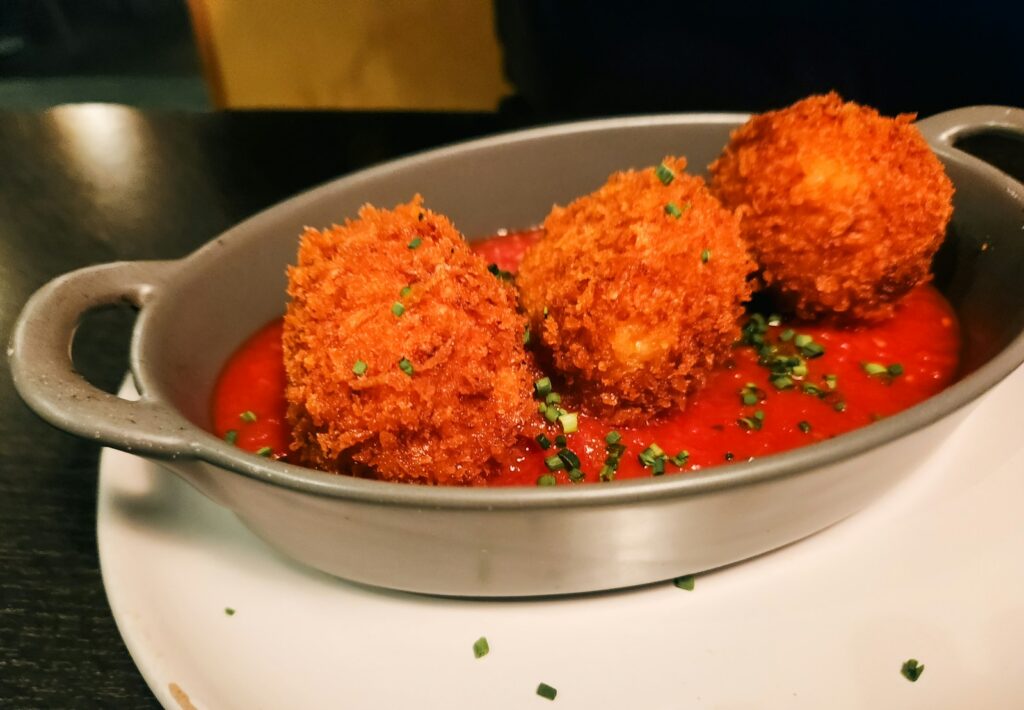
6. Transform leftover rice into arancini
Arancini, the renowned Italian rice balls, are a culinary delight traditionally crafted by shaping risotto rice around a variety of fillings, coating them in breadcrumbs, and deep-frying until golden and crisp. Though this may seem like a complex dish, preparing homemade arancini with leftover rice is both accessible and immensely rewarding.
The key to achieving ideal texture lies in using rice with a high starch content. Risotto rice is preferred due to its naturally sticky quality, which ensures the balls maintain their shape. However, jasmine or sticky rice from leftovers can also be utilized effectively. For less cohesive rice, pressing firmly or incorporating a binding agent such as beaten eggs, flour, or additional breadcrumbs helps achieve structural integrity. It is advisable to avoid fibrous rice varieties, as they tend to disintegrate easily. Filling options range from cheese and meat to vegetables, delivering a satisfyingly crunchy bite reminiscent of traditional Italian cuisine, all through an ingenious use of leftover rice.
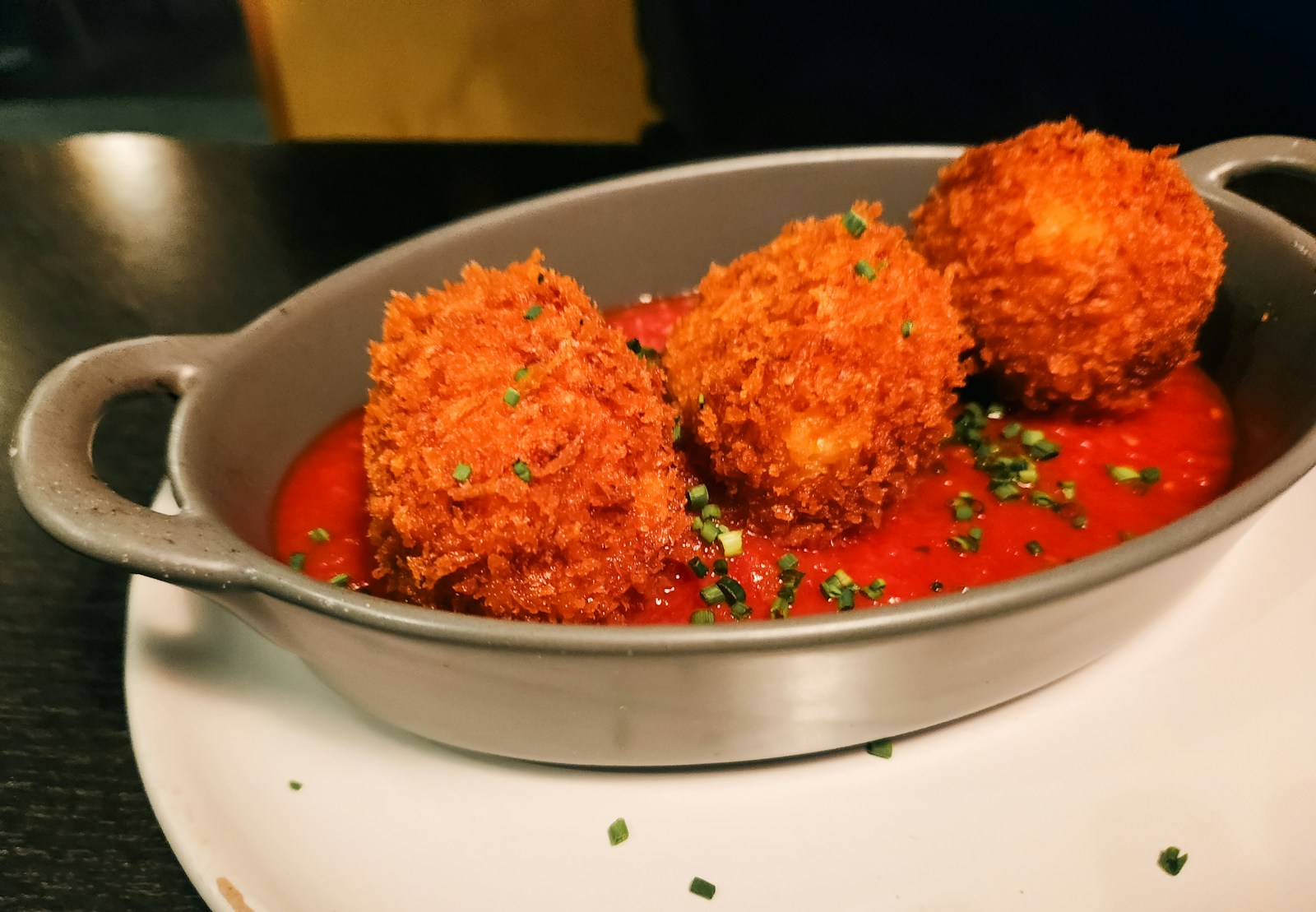
Fried and Stuffed Rice Balls (Arancini di Riso)
Ingredients
Equipment
Method
- Breading: Put the bread crumbs in a medium bowl. Set aside.
- Filling: In a medium bowl, combine the risotto, bread crumbs, Parmesan, basil, and eggs. With damp hands, using about 2 tablespoons of the risotto mixture, form the mixture into 1 3/4-inch diameter balls. Make a hole in the center of each ball and insert a cube of Gorgonzola. Cover up the hole to completely enclose the cheese. Roll the balls in the breading to coat.
- In a large heavy-bottomed saucepan, pour in enough oil to fill the pan about 1/3 of the way. Heat over medium heat until a deep-frying thermometer inserted in the oil reaches 350 degrees F. (If you dont have a thermometer, a cube of bread will brown in about 2 minutes.) In batches, fry the rice balls, turning occasionally, until golden, about 4 to 5 minutes. Drain on paper towels and serve.
Notes
7. For a filling dinner, make a rice casserole
Rice casseroles are an often overlooked yet essential solution for weeknight dinners, especially when leftover rice awaits in the refrigerator. Utilizing pre-cooked rice significantly reduces preparation time, allowing you to combine it effortlessly with other ingredients and bake the mixture until it achieves a harmonious blend of flavors. This method is particularly effective for rice that has dried out after a few days in the fridge, as it rehydrates and absorbs savory seasonings during cooking.
The adaptability of rice in casseroles is remarkable due to its neutral taste, which pairs well with a wide range of ingredients and rice varieties, including basmati, jasmine, brown, or even giant rice. A classic cheesy broccoli and rice casserole serves as a reliable base, to which you can add proteins such as chicken or beef for a complete meal. Enhancing the dish with spices like paprika, cumin, chili flakes, or taco seasoning introduces complexity, while chopped jalapeños or red chilies provide an optional spicy kick. This comforting, satisfying dish offers an effortless and creative way to elevate leftover rice into a hearty family meal.
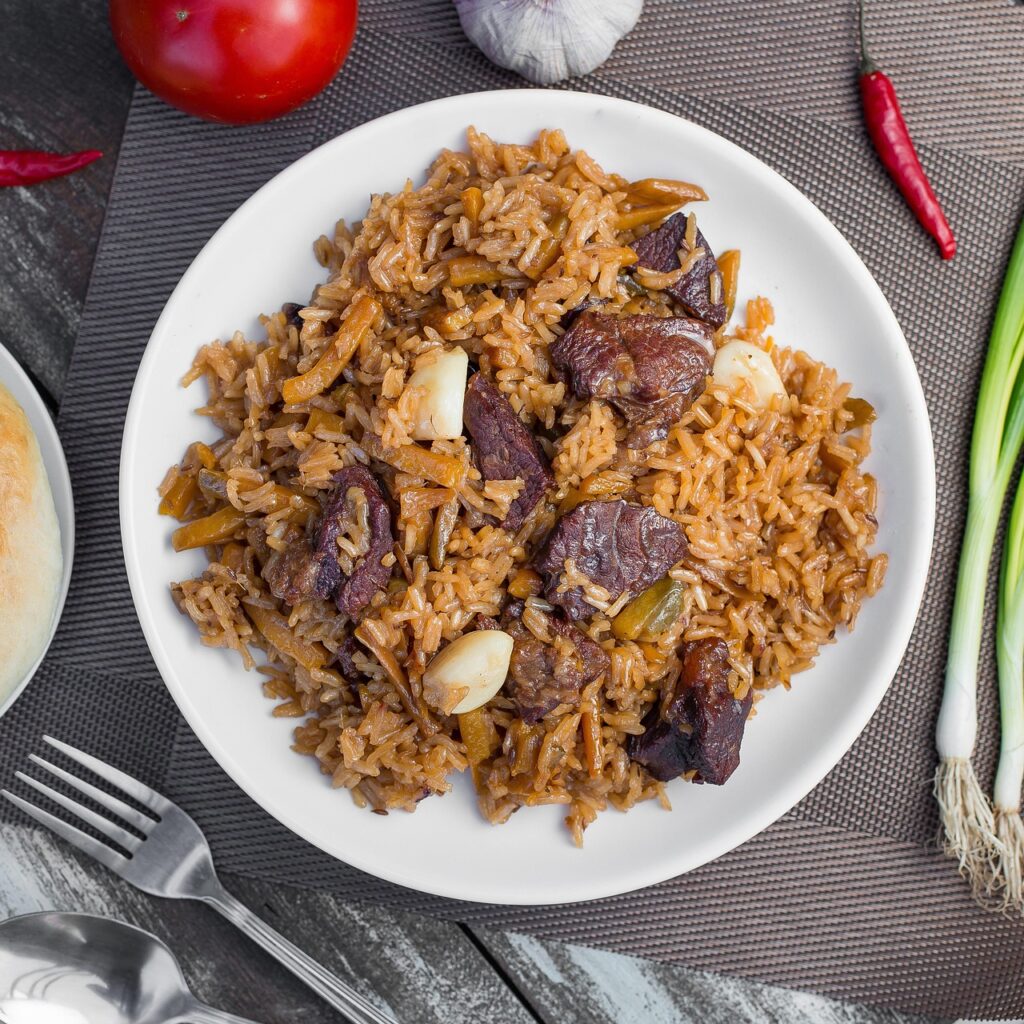
8. Elevate Mexican Albondigas Using Leftover Rice for Perfect Texture and Flavor
Mexican albondigas are traditionally prepared by mixing raw rice with beef and seasonings, then simmering the meatballs for approximately thirty minutes until fully cooked. During this process, the rice absorbs liquid, releases starch to bind the mixture, and contributes to the meatballs’ distinct texture. However, this method can be time-consuming and may result in undercooked rice or overcooked, tough meat.
Utilizing leftover cooked rice offers an excellent solution. Incorporating high-starch, pre-cooked rice into the meat mixture improves binding prior to simmering in broth. As the meatballs gently warm in the broth, the rice continues to soften and release starch, yielding a tender, silky texture. Additionally, using cooked rice reduces simmering time, ensuring the meat remains juicy and tender.
White rice is particularly effective due to its starch content, though brown rice may be used with the addition of a binder such as egg or breadcrumbs to maintain the meatballs’ shape during cooking. This technique provides an efficient and flavorful way to enjoy authentic Mexican albondigas while making the most of leftover rice.
9. Turn leftover rice into a stuffing
Stuffed peppers offer a straightforward and versatile starting point. Prepare your desired fillings, incorporate leftover rice, and fill the peppers without necessarily adding extra sauce, as the rice effectively absorbs the flavors during baking. For an even simpler option, stuffed cabbage rolls require only wrapping the filling in cabbage leaves, then baking or steaming until tender. While savoy cabbage is traditionally used, any variety available will work well.
Beyond vegetables, leftover rice serves as an excellent gluten-free stuffing for meats. It provides a superb alternative to breadcrumb-based stuffing in holiday turkey or chicken. Although the texture may be slightly looser than conventional stuffing, this creates a lighter contrast to rich, savory meats. This innovative substitution is sure to impress and invite curiosity about your culinary secrets.
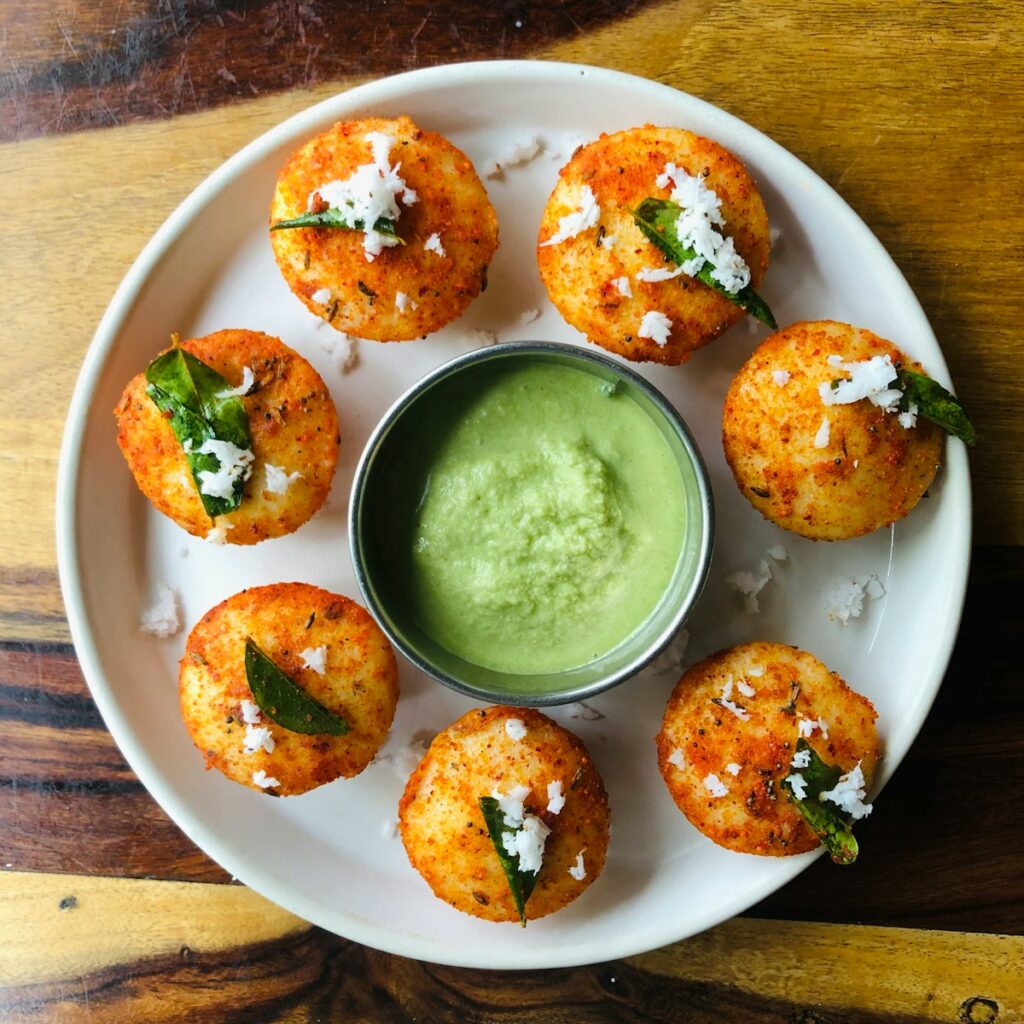
10. Make idli with cooked rice
Idli is a distinctive South Indian steamed rice cake made from a blend of cooked rice, semolina, and sour yogurt. The combination of starches binds the idli together, while the yogurt contributes a subtle tang that enhances the overall flavor profile.
Traditionally enjoyed at breakfast, idli also serves as a delightful light snack. It is commonly paired with sambar, a lentil-based vegetable curry, or tangy-sweet chutney. Achieving the signature soft, smooth texture requires properly breaking down the rice. Leftover rice can be blended with a small amount of water into a smooth paste before combining with other ingredients. The batter then rests for approximately 20 minutes before steaming to produce fluffy idlis.
For authentic results, white rice is essential due to its starch content. Fibrous brown rice lacks sufficient starch to provide the cohesive texture characteristic of idli. This dish exemplifies the versatility of rice, transforming simple leftovers into a healthy and flavorful culinary delight.
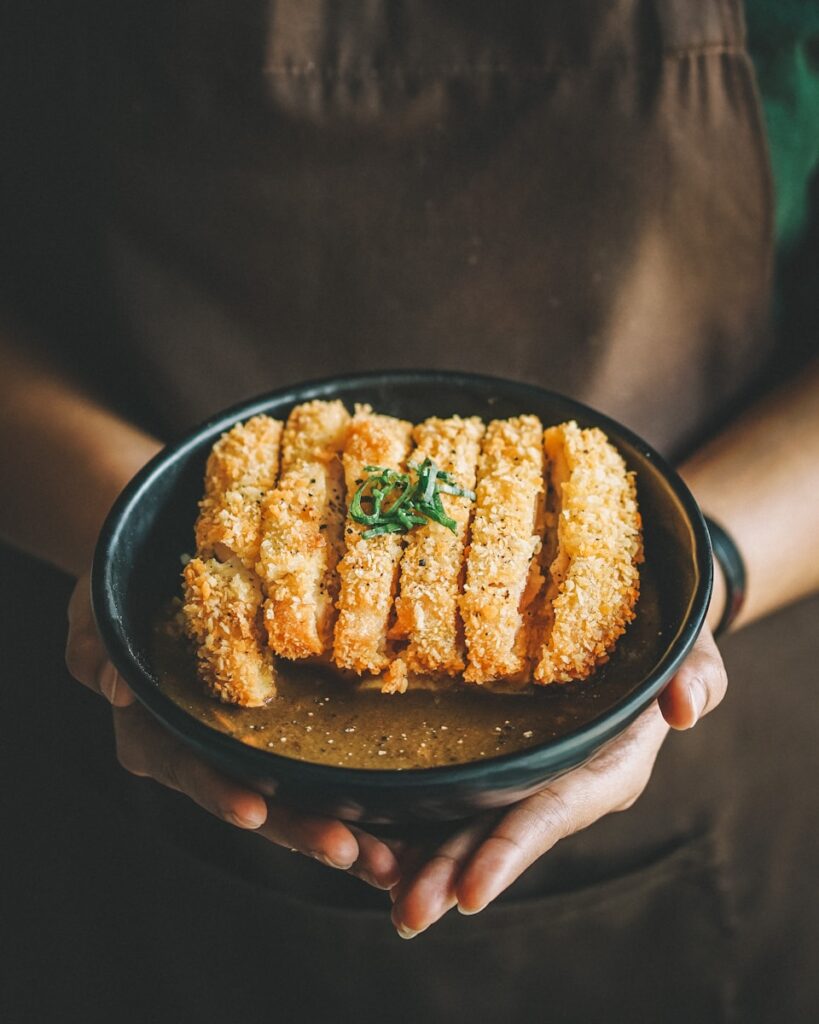
11. Instead of buying tteokbokki, make it at home
Tteokbokki, the iconic Korean rice cakes known for their chewy texture and spicy gochujang sauce, have long been a beloved snack. However, obtaining authentic tteokbokki can be challenging without access to specialized Asian markets. Fortunately, leftover rice offers a simple and effective way to recreate this dish at home.
The process begins by breaking down cooked rice grains into a coarse meal, either by pulsing in a food processor or mashing thoroughly by hand. This rice is then combined with rice flour and tapioca flour to form a firm, pliable dough. The dough is shaped into cylinders and sliced into bite-sized pieces or molded into other desired shapes.
These rice cakes are gently simmered in water until they become plump and glossy. They are then simmered in a flavorful gochujang-based sauce, often topped with melting slices of American cheese, a popular addition in Korea. This homemade approach allows you to enjoy the authentic taste and texture of tteokbokki while making excellent use of leftover rice.
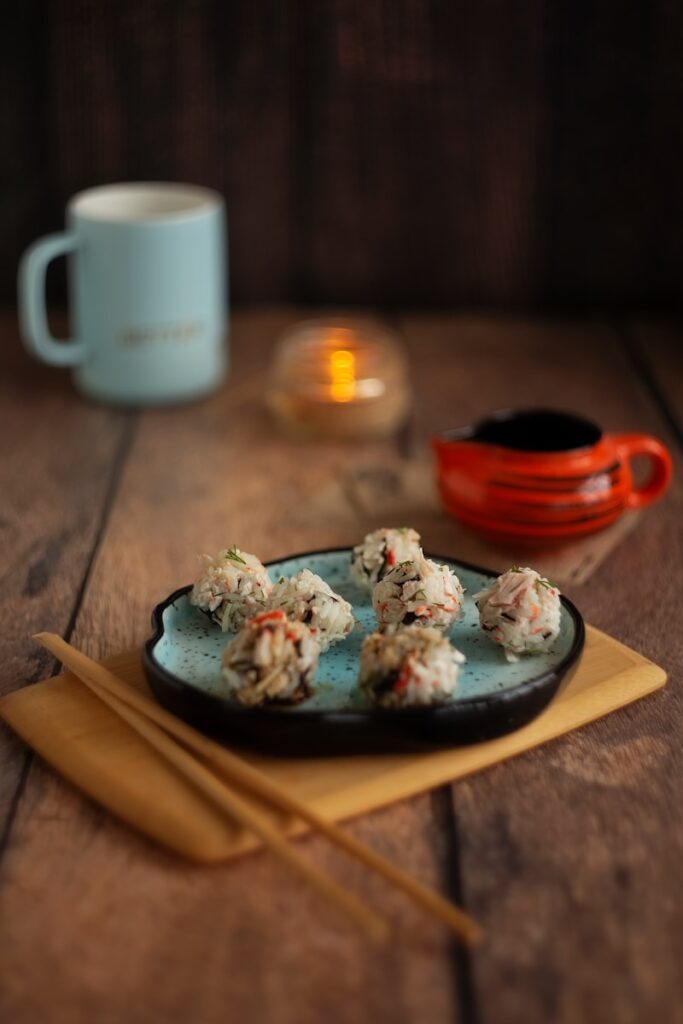
12. Create speedy pakora with your leftover rice
Pakora commonly brings to mind crispy onion bhajis or other deep-fried vegetable fritters encased in a crunchy gram flour batter. However, an exceptional variation involves using leftover rice to create chawal ke pakode, or rice pakora, which offer a remarkable culinary experience.
The preparation combines cooked rice with gram flour, finely chopped onions, fresh ginger, a touch of chili, and a vibrant blend of spices and minced herbs. This mixture is carefully shaped into small balls or patties and deep-fried until golden and crisp. The resulting rice pakora provide the same satisfying crunch as traditional vegetable pakora, complemented by a soft interior that creates a pleasing contrast to the crispy exterior.
While white rice is typically preferred due to its texture, brown and black rice are also effective when paired with gram flour’s binding properties. Unlike vegetable pakora, which depend on the shape of the vegetables, rice pakora allow for creative freedom in shaping. They can be formed into balls, patties, cylinders, strips, or bite-sized pieces, making them versatile as snacks or side dishes.

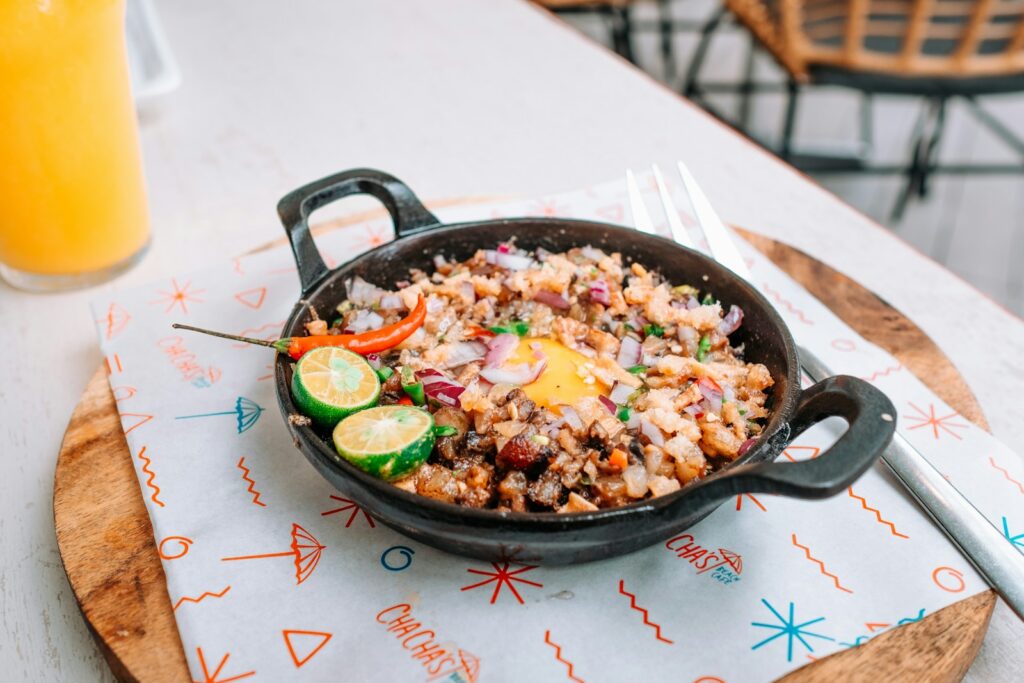
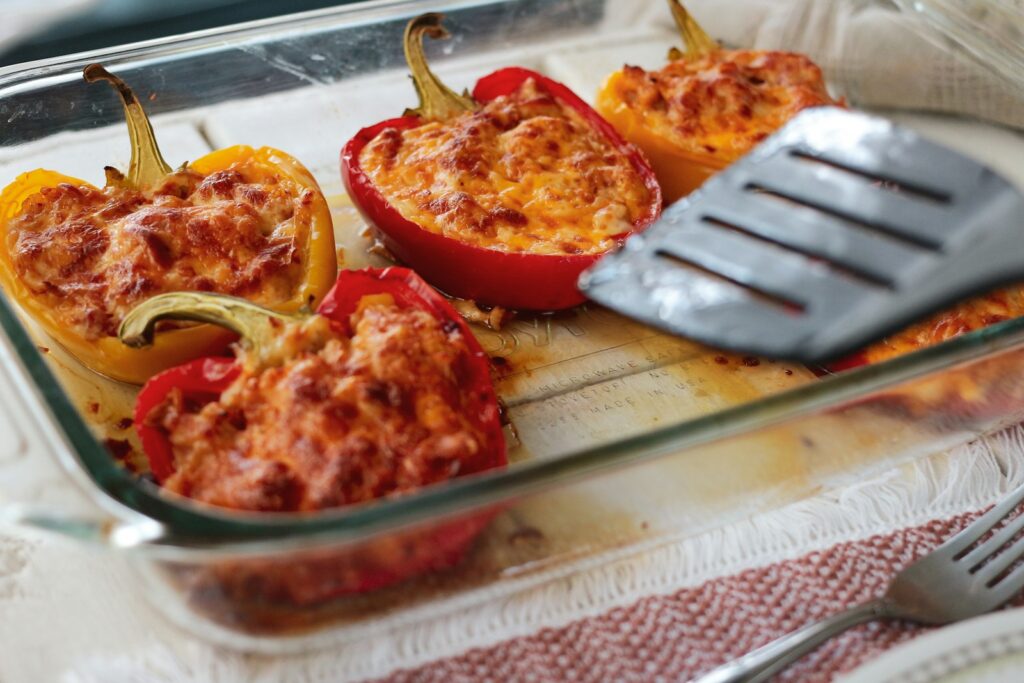

:max_bytes(150000):strip_icc()/061125-Dolly-Parton-Summer-d491337e1d9c4023bcf0ab42aafff3ea.jpg)
